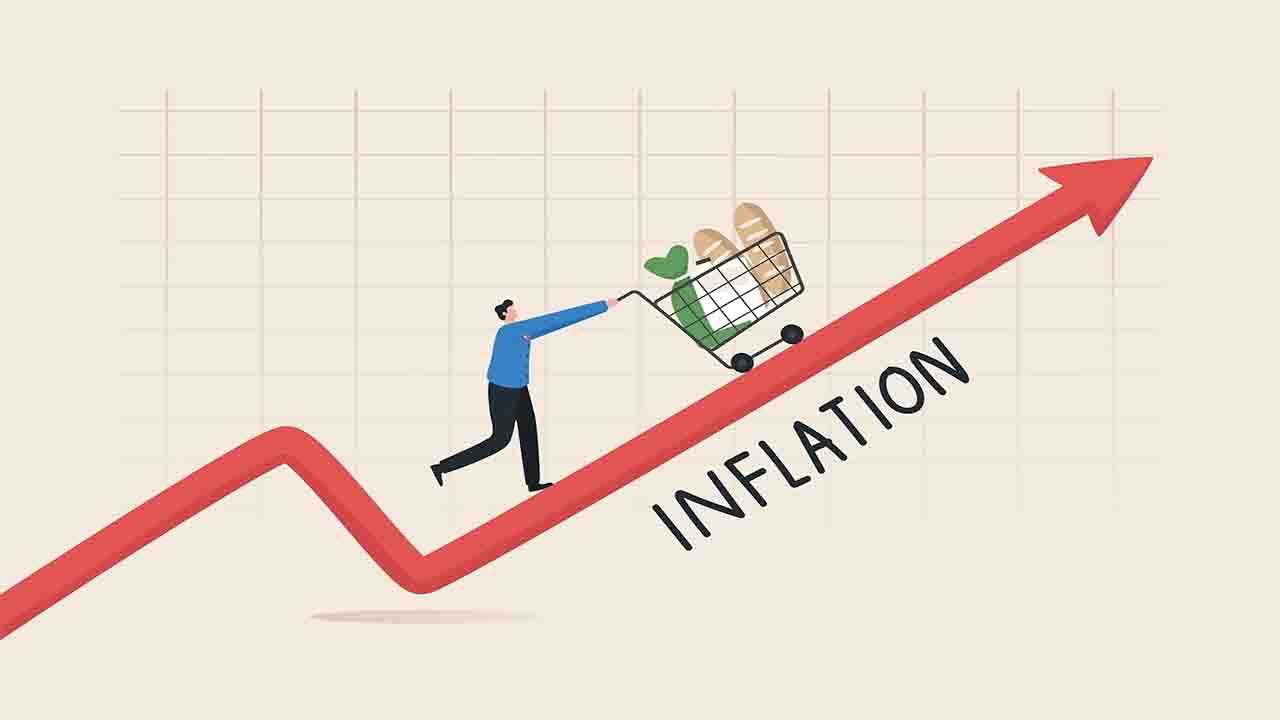The Reserve Bank of Australia (RBA) has recently announced a Melbourne Cup Day rate hike, raising the cash rate target to 4.35%. This move marks the 12th increase since the onset of the pandemic and brings interest rates to their highest point in over a decade.
The driving force behind the RBA’s decision can be summed up in a single word: inflation. The Australian Bureau of Statistics’ latest inflation figures, released two weeks ago, revealed an unexpected 1.2% surge in prices across the Australian economy in just one quarter.
This inflationary pressure is not attributed to a specific cause, such as an oil price shock or a natural disaster, but rather permeates nearly all sectors and regions of the economy. Prices have risen well above the RBA’s target rate, compelling the institution to utilize its primary tool – higher interest rates – in response.
The robust state of the economy further solidifies this decision. With unemployment holding steady at an impressively low 3.6%, a figure that would have been enviable for treasurers over the past two decades, coupled with an upswing in retail spending, it is evident that economic growth and consumer spending have displayed remarkable resilience despite significant rate increases over the last 18 months.
The impact of higher interest rates on homeowners is straightforward: increased mortgage payments lead to reduced disposable income. This prompts households to scale back their spending, thereby reducing demand for goods and services across the economy, ultimately alleviating inflationary pressures.
Additionally, higher interest rates have a ripple effect on the economy. They result in a stronger Australian dollar, as witnessed in May when a 0.25% interest rate hike led to an immediate 1% increase in the currency’s value. While this may appear marginal, it translates to a 1% reduction in the price of imported goods, including cars, petrol, medicine, and electronic devices – everyday essentials for Australian households.
The recent interest rate hike also serves as a signal for businesses and the government to reevaluate their expenditure. Treasurer Jim Chalmers has indicated that the government will scrutinize its infrastructure spending, driven not only by a desire for fiscal prudence but also by the escalating costs of government borrowing, which now exceeds 4%.
Despite initial concerns of potential political pressure influencing the RBA’s decision, it is evident that both the RBA and the government understand that tighter monetary policy is imperative for curbing inflation in the medium term. The RBA’s track record of implementing rate adjustments, even during election campaigns, underscores their commitment to their mandate.
With one more RBA meeting scheduled for 2023, Australian households are left wondering whether this latest increase will be the final one or if the RBA will conclude the year with another interest rate hike. In their statement on Tuesday, the RBA board emphasized that future decisions will be contingent on “the data and the evolving assessment of risks.”
This essentially implies that the upcoming data on wage growth, set to be published next week by the ABS, will be a crucial factor. If the report indicates robust or unexpectedly surging wage growth, we may very well witness another rate hike from the RBA before the year draws to a close – just in time for the holiday season.








